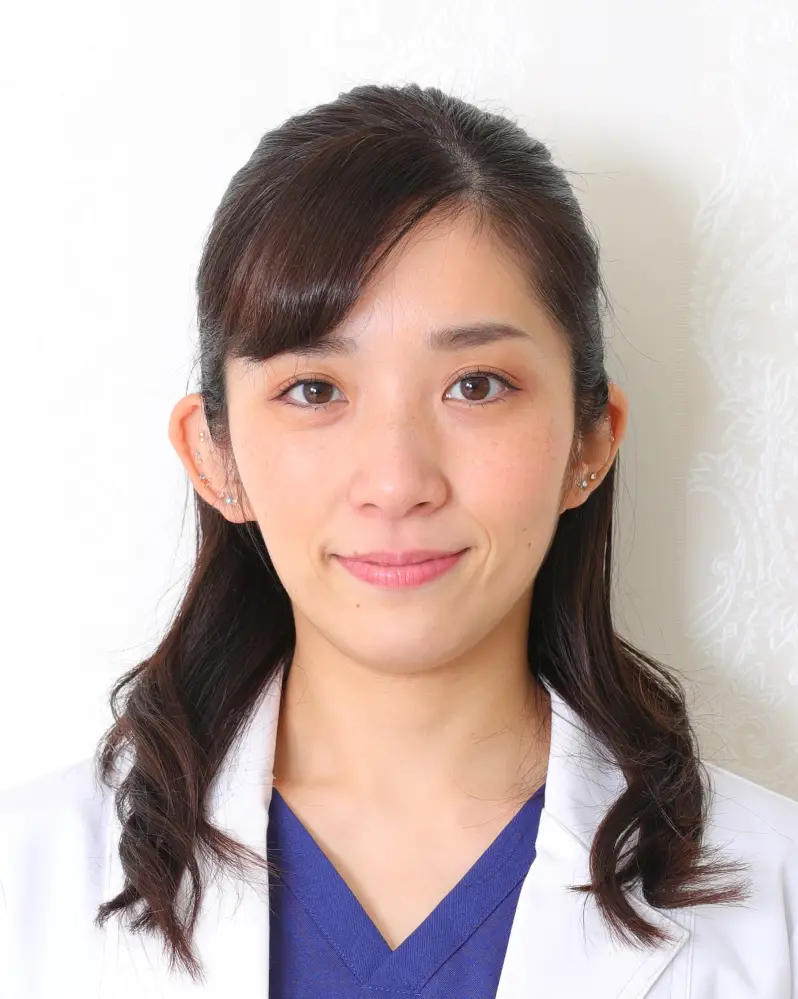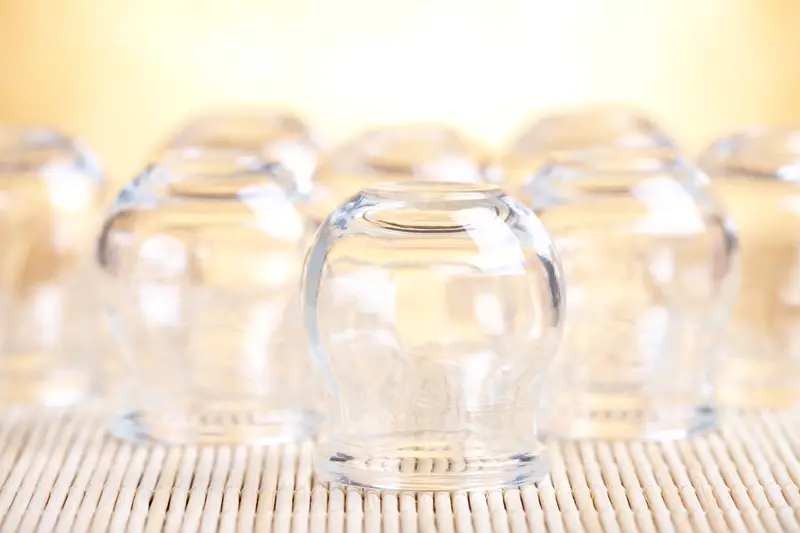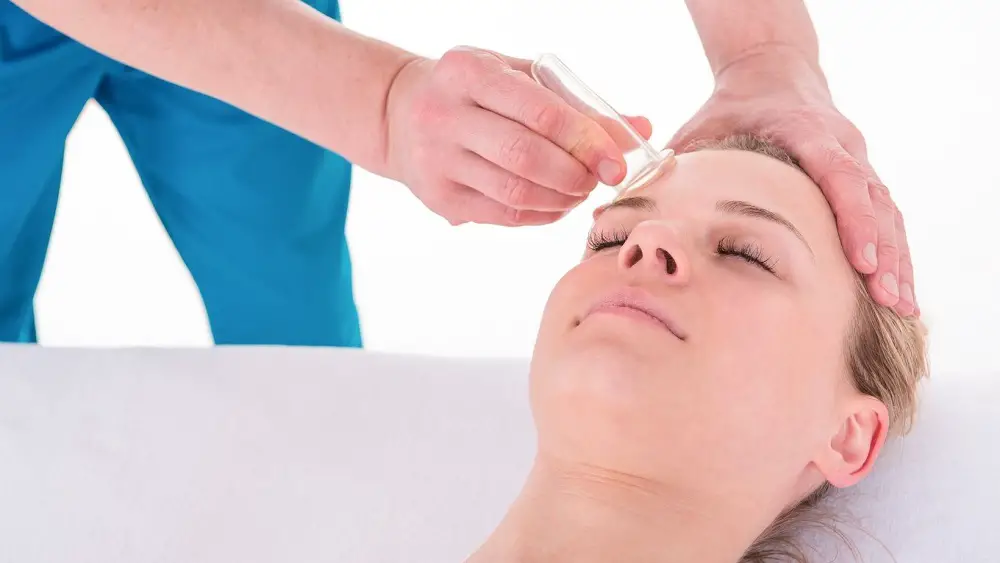How to Use Ren-12 Acupressure After Dinner to Soothe Digestion
If you often feel bloated or uncomfortable after meals, Traditional Chinese Medicine (TCM) offers simple and effective ways to ease these symptoms. In this article, we’ll explore acupressure for digestion, specifically the benefits of stimulating the Ren-12 (Zhongwan) point, an acupressure point highly regarded in TCM for promoting digestive health. Ms. Mai Sogawa, a TCM therapist with extensive experience, suggests specific techniques and habits that can support post-meal digestion. To learn more about her approach, you can find her full bio on our About Us page.
In addition to targeting Ren-12, Ms. Mai also highlights important lifestyle adjustments that contribute to digestive wellness. Below, we’ll cover essential acupressure methods and daily habits to help prevent bloating, including tips on how long to wait after meals before practicing acupressure. For those unfamiliar with acupressure, our comprehensive guide is an excellent resource to get started.
How Acupressure Supports Digestive Health
Acupressure, a technique originating from TCM, involves applying pressure to specific points on the body to stimulate energy flow (qi) and help maintain balance. For digestion, acupressure works to:
- Ease bloating and gas
- Improve stomach and intestine function
- Relieve indigestion and discomfort
- Support overall digestive wellness
Ren-12 (Zhongwan), located between the navel and the breastbone, is a vital acupressure point for the stomach and intestines. Massaging this point promotes smooth digestion and can alleviate discomfort when used thoughtfully.
The Best Time to Massage Ren-12 for Digestive Benefits
While it might seem logical to press acupressure points immediately after eating, Ms. Mai advises waiting at least 30 minutes before massaging Ren-12. Immediate pressure on the digestive points can sometimes lead to nausea, especially when your stomach is full. Instead, by waiting a short period, you give your body time to begin digesting, allowing for more effective relief from acupressure techniques.
How to Stimulate the Ren-12 (Zhongwan) Point for Digestion
Here’s how to locate and use the Ren-12 acupressure point for optimal digestion support:
- Locate Ren-12
To find the Ren-12 (Zhongwan) point, place your fingers about four inches above your navel, between the belly button and the base of your ribcage.
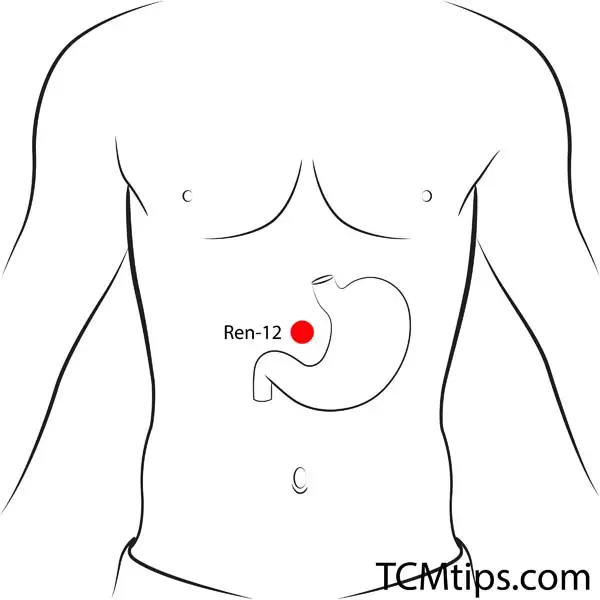
- Apply Gentle Pressure
Use your index and middle fingers to apply firm, steady pressure to the point. - Use Circular Motions
Gently massage the point in slow, clockwise circular motions for about one to two minutes. According to Ms. Mai, this can help promote digestion and soothe the stomach when done regularly. - Practice Deep Breathing
While massaging Ren-12, take slow, deep breaths to relax and enhance the benefits of acupressure. - Repeat as Needed
If desired, you can repeat this process up to twice after a meal or as part of your daily routine to prevent bloating and indigestion.
Additional Acupressure Points for Digestive Support
Alongside Ren-12, Ms. Mai recommends incorporating other acupressure points to further aid digestion and minimize bloating:
- Tianshu (ST-25): Located about two inches to the left and right of the navel, this point supports both stomach and large intestine health. Massaging Tianshu in circular motions, similar to Ren-12, can relieve abdominal bloating and constipation.
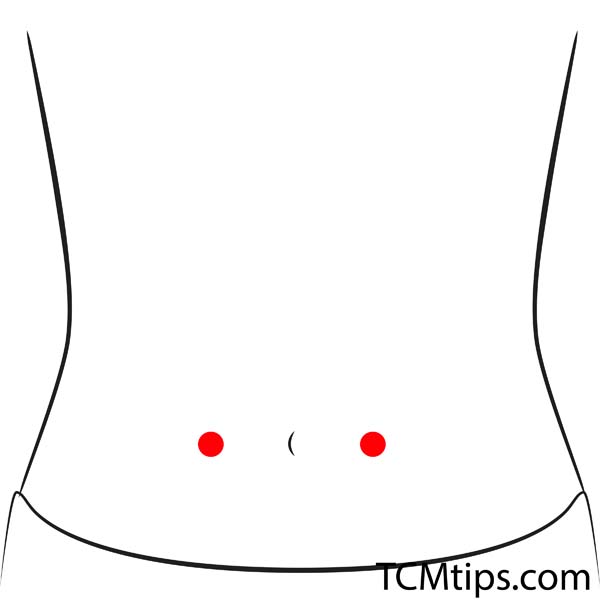
Using these points in combination with Ren-12 can enhance your results, especially if you experience regular post-meal discomfort.
Digestive-Friendly Habits to Support Acupressure
Ms. Mai also advises adopting mindful eating habits to naturally ease digestion and minimize the need for frequent acupressure. Here are some tips she recommends:
- Chew Thoroughly and Eat Mindfully
Take your time to chew food well, allowing your body to break down each bite fully before swallowing. Eating slowly can reduce the risk of bloating, as it minimizes air intake and supports digestion. - Eat Until 80% Full
Rather than eating until you’re completely full, aim to finish your meal once you’re about 80% satisfied. This practice, rooted in both TCM and Japanese wellness, gives your stomach room to work without feeling overly strained. - Choose Light, Digestible Foods Regularly
Include foods in your diet that are gentle on the stomach, especially when you’re experiencing digestive issues. Ms. Mai suggests easily digestible breakfast options like yogurt, miso soup, rice porridge, and smoothies. These foods can help your digestive system rest while still providing essential nutrients. - Keep Your Stomach and Intestines Warm
Staying warm, especially around the abdomen, is a TCM strategy to maintain qi flow and digestive function. Eating warm foods and avoiding cold beverages can help prevent digestive slowdowns and alleviate bloating.
The Benefits of Acupressure as Part of Your Daily Routine
Making acupressure a part of your regular routine—especially on points like Ren-12 and ST-25—can have lasting benefits for your digestive health. The gentle stimulation of these points promotes energy flow, helping you feel lighter and more comfortable after meals. By pairing acupressure with mindful eating and warming habits, you’re likely to notice an overall improvement in digestion and a reduction in symptoms like bloating, constipation, and indigestion.
Key Takeaways for Using Acupressure After Meals
Practicing acupressure for digestion can be a natural, effective approach to support your health. Here’s a quick summary to keep in mind:
- Wait at least 30 minutes after eating before stimulating acupressure points like Ren-12 to avoid nausea.
- Use gentle, circular pressure on Ren-12 for about one to two minutes.
- Combine acupressure with digestive-friendly habits such as chewing thoroughly, keeping meals light, and avoiding eating to full capacity.
Integrating these techniques and habits can offer lasting relief from digestive discomfort, helping you feel more at ease after meals. By practicing regular acupressure and adopting TCM-inspired habits, you can empower your body’s natural ability to digest efficiently and comfortably.

Try our Anti-Aging Gua Sha Tool designed to bring out your skin’s natural glow.
Best Gua Sha Product- Anti-Aging: The tool is designed to target 11 specific aging signs such as wrinkles and sagging skin. By following the 7-step routine, users can improve skin firmness and reduce fine lines naturally.
- Enhances Skincare Routine: It works effectively with serums and lotions, boosting absorption and efficacy of skincare products.
- Visible Skin Improvement: Users can expect a smoother complexion, reduced puffiness, and a more youthful appearance.
 P. Sze
P. Sze 
